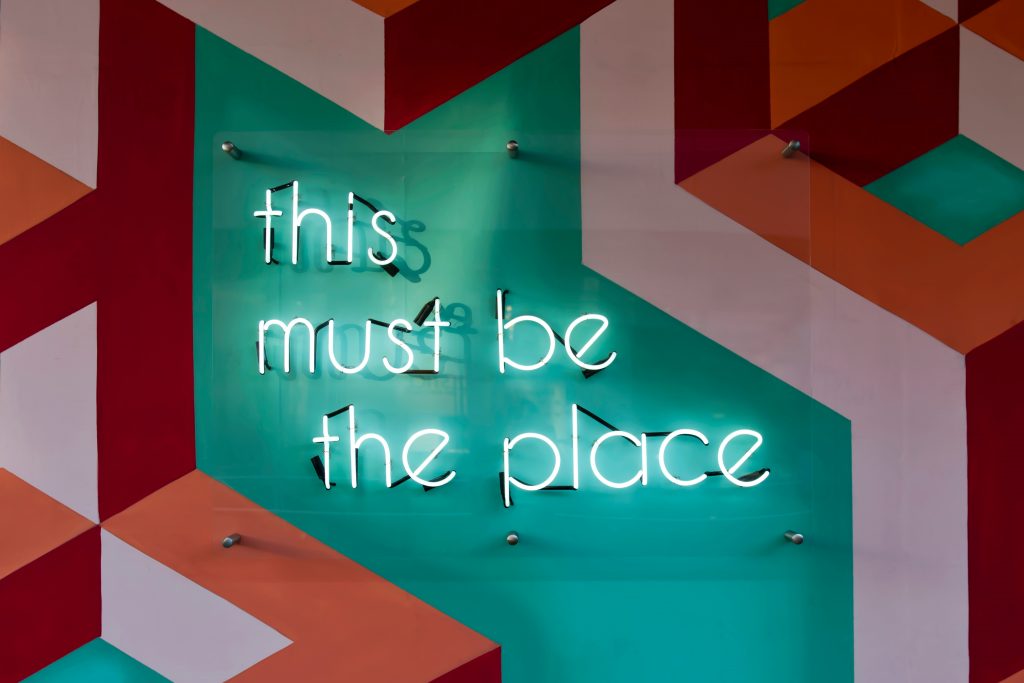I previously wrote about takeaways from our first recruitment process as a recruiter in January 2021. This time I’m looking back to the recruitment process in order to gather tips for the other half, job applicants and seekers. Part of the advice are also based on my own experiences as a job seeker and some even on common sense. A recruiter of a bigger company could formulate this article a bit differently but these aspects mattered to us, as a small business.
1. Show your motivation

This is the most important and also maybe the most difficult part of a job application. Even if you have all the required skills, experience and diplomas, the recruiter needs to hear why you want this position, how would you like to use your skills and expertise in the position and the company. Being able to learn new tools and skills is pretty much an asset in today's world but a true motivation is harder to get if you don't have it.
Ok, but how can you demonstrate your motivation then? "I knew I wanted to work in IT when I got my first computer at the age of 4" is a good try but let's try it the other way. Imagine yourself in the organisation and position in question: What does it make you feel? What do you imagine doing: what kind of projects, tasks? What would you like to learn?
Everyone loves flattering but don't overdo it. Try to pick up hints from the company's website or social media pages of topics and projects that motivate you. "I really likes this motto on your website because I..." or "I just loved your approach on XXX and that's really something I want to do as well" or "I want to be your Ansible master!".
2. Get to know the organisation and the branch
Expressing your true motivation for a position usually requires some digging on the company and it's background but there are also other reasons on why you should investigate the company and branch in question. First of all, there is quite a difference whether you're applying to a small startup or a big multinational corporation. In bigger organisations the teams are normally bigger and roles specialized whereas in smaller companies you get and need to work on a wider spectrum. If you start your application with "I want to be a part of your DevOps team" and the company only has 2 employees you might want to double check whether it's really a kind of organization where you want to work.
3. Be a person
The outcome of a recruitment campaign is hiring a person to the company. Each human is different and this is also an important part of a job application. The recruiter desperately wants to find out what kind or characteristics you have and whether you would suit the company.
Bringing up your personal motivation already demonstrates your personality. Instead of or in addition to extensive skill, tool, diploma and position lists you should try to draw a picture of your personality as well. There are numerous tools and instructions online these days for analyzing your strengths, values and characteristics. Ask you friends, family members and co-workers to describe you and you'll be surprised to hear many things you never thought of!
You can write a short description of yourself to the beginning of your cv and list your best achievements in (work) life in it, for example. You can describe how you've handled a challenging situation in your previous work, hobbies or studies.
There are cultural and national differences here, naturally, but you need to stand out and show who you are to be successful in the job hunt! You don't need to a hire a graphic designer for setting the layout of your cv and application but it's important to have a readable, structured layout.
4. Portfolio

In addition to listing your achievements in a cv, demonstrating it in a form of a portfolio is an excellent idea. For a photographer or a graphic designer it's a must naturally but other professionals could and should use the idea as well! For nerds or IT professionals (to be), presence in GitHub is a natural way of displaying your activity. If you're not a developer, you can build your portfolio in other ways: in a file you can attach to your application, on a personal website etc. A portfolio can comprise your volontary work and hobbies - anything that can demonstrate your activity, knowledge and personality, you name it! Even if it doesn't directly fit the position you're applying for, it shows that you have motivation and ability to concentrate on something and learn new skills.
5. Cover the minimum requirements
This point probably should have been the first one on my list: read and understand the job ad (well, not all job ads are explicit or well written...). I especially talk about the requirements regarding submitting the application:
- in which channel to apply
- what to include/attach
- what information is requested
It was surprising that many of the applications we received didn't contain any expression of motivation even though we specifically requested that. Not doing that could simply be seen as an expression of no motivation at all... Not all companies would be "kind" like us to ask for missing documents or information, like we did with the most interesting candidates.
6. Apply early
I was quite surprised that there were no last minute or even last day applications! I also urge you to send your application as soon as you notice the job and not to leave it until the last minute. The first applications get the most attention and are also more easily memorable than later ones. Once you've gone through dozens of somewhat similar applications, you just can't focus and get excited of each new one. So, if you find an interesting job offer, don't be a last-minute-applicant like I always used to be!



